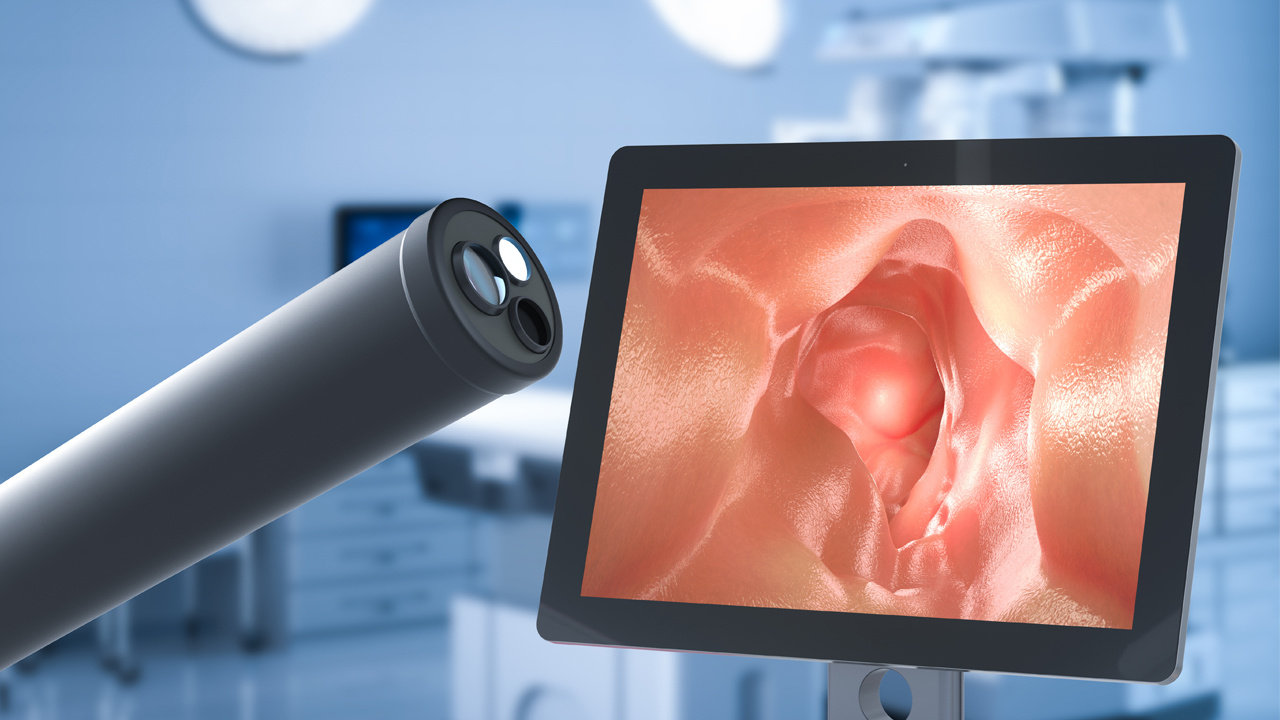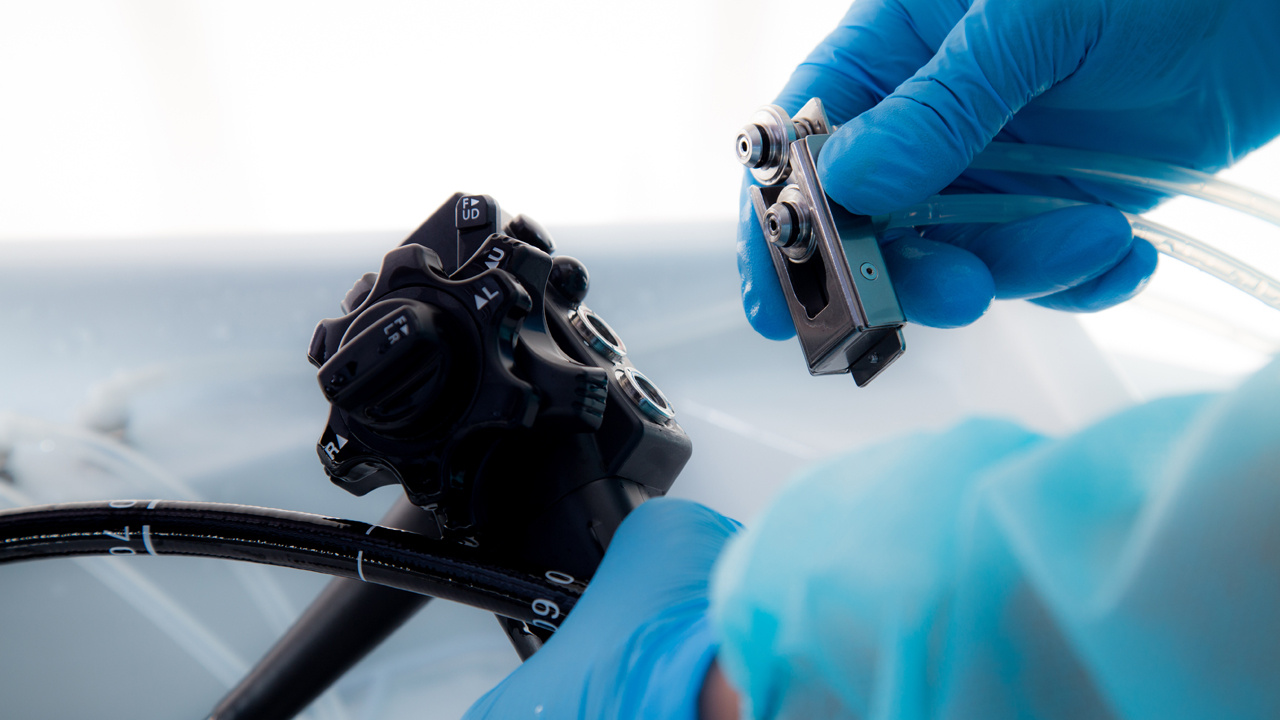Factors Driving Increased Colonoscopies Volume in the US and Its Impact on GI Professionals
by ColoWrap, on July 29, 2024

In the ever-evolving healthcare landscape, screening procedures like colonoscopy have grown in prominence due to alarming colorectal cancer statistics highlighting the importance of early detection.
Colonoscopy has become more prevalent due to its effectiveness in cancer prevention by detecting early signs of colorectal cancer, alongside its screening and diagnostic accuracy for patients undergoing colon complications.
Increased procedure volumes have also led to more associated adverse events in patients and a greater physical burden on caregivers, raising concerns about workplace musculoskeletal injuries and highlighting the need for safe patient handling solutions.
This article explores factors driving the increased need for colonoscopy and their implications for gastroenterologists and surgeons performing endoscopy. It also highlights the need for more efficient and safe solutions like ColoWrap to mitigate the major risk factors associated with colonoscopy procedures.
1) Lowering Screening Age Recommendations Drives Surge in Demand for Colonoscopy
Is 45 the new 50? Is 40 the new 45? By the mid-1990s, the US had developed its first screening recommendations, suggesting screening colonoscopy for adults over 50.
Since colorectal cancer has become one of the major causes of cancer deaths in the US, claiming around 53,000 lives annually, the recommended screening age has been lowered to 45 years based on new data reviewed by the US Preventive Services Task Force (USPSTF) recently.
The adjustment in age recommendation for colonoscopy screening is a response to the trends in colorectal cancer incidence, aiming to address the disease more effectively through early detection.
One research study reports future considerations for lowering the screening age to 40. Some patients may need to be screened earlier than 45, such as people with Crohn’s disease, ulcerative colitis, familial adenomatous polyposis, or Lynch syndrome, or people with increased risk factors such as a family history of CRC or inflammatory bowel diseases (IBD). This early screening has led to more screening colonoscopies being performed.
2) Star-Power: The Impact of Greater Awareness
Despite being the third-leading cause of cancer-related deaths in men and the fourth in women, before 1999 only 40.3% of American adults over 50 had ever had a sigmoidoscopy, or colonoscopy.
Katie Couric, the famous American journalist and presenter, became a prominent spokeswoman for colon cancer awareness after her first husband passed away from the disease. In March 2000, she underwent a colonoscopy on air.
A 2003 study published in the Archives of Internal Medicine found that her on-air colonoscopy and awareness campaign significantly increased colonoscopy rates.
This heightened awareness has encouraged many Americans to undergo screening colonoscopy, with over 15 million colonoscopies performed in the US each year, underscoring the significance of increased awareness for screening colonoscopy.
3) The Obesity Effect: Growing Waistlines Leading to More Difficult Colonoscopy Exams
The incidence of obesity has surged globally in recent decades. Currently, more than 650 million people are obese, and over 2 billion are overweight worldwide, with the numbers increasing.
In the United States, obesity is rising, with four in ten American adults now classified as obese, significantly higher than about three in ten at the start of the century.
Research studies have found that obesity is regarded as one of the critical environmental risk factors for the pathogenesis of CRC and requires more frequent screening colonoscopies. According to the National Cancer Institute, CRC is 1.3 times more likely to occur in people with obesity, which can be especially challenging to detect.
Obese patients are not only prone to colonoscopy complications, but also pose difficulties to endoscopy staff, particularly when it comes to applying manual abdominal pressure and repositioning. This physical effort by staff can result in high stress and strain on their bodies and lead to short- and long-term physical problems with staff.
4) Technological Advancements


Improved technologies make colonoscopy safer, more efficient, and less invasive; encouraging more people to have the exam and resulting in a greater volume of colonoscopies. Initially rigid, colonoscopes can now suction, insufflate with air or water, and biopsy - significantly improving their efficacy.
Technological advancements in colonoscopy have also improved the screening and monitoring of conditions like inflammatory bowel disease, which is associated with colorectal cancer.
Improved bowel preparation protocols have also contributed to increased screening rates, making the procedure more tolerable for patients and resulting in higher colonoscopy rates.
The Impact of Colonoscopy Surge on Gastrointestinal Professionals
As the screening demands increase, it leads to larger volumes of colonoscopies, stressing healthcare and endo units.
The current practice of manual abdominal pressure and patient repositioning during colonoscopy procedures takes a significant toll on endoscopy staff, with 86% experiencing musculoskeletal pain.
This leads to a high risk of injury, with an average cost of $106,000 per incident. The increasing occurrences of physical injuries, staff replacements, and costs may exceed gastroenterologists' capacity to meet the increased colonoscopy demand.
Indirect Costs of Endoscopy Staff Injury in Screening for Colorectal Cancer
Below are some indirect costs associated with increased colonoscopy volume and its impact on endoscopy staff.
- Presenteeism: Employees are physically at work but perform inadequately due to pain or injury, affecting team productivity.
- Absenteeism: Employees are absent from work due to injury, decreasing productivity and throughput.
- Turnover: High nurse turnover due to injury can disrupt workflow and increase training costs. The average replacement cost for nurses is $64,000.
- Poor Patient Outcomes: Staff injuries can lead to suboptimal patient care and outcomes.
- Compliance: Injuries can lead to non-compliance with safety and regulatory standards.
How ColoWrap Helps Manage Screening Colonoscopy Volume and Associated Risks
ColoWrap's Innovative Design Reduces Staff Injuries and Improves Patient Satisfaction
The ColoWrap's innovative design significantly reduces the risk of endoscopy staff musculoskeletal (MSK) injuries.
By minimizing the need for manual pressure and repositioning, ColoWrap can help avoid stress, strain, and staff turnover while shortening colonoscopy procedure time and minimizing patient discomfort.
This design feature enhances the safety of colonoscopy procedures for healthcare staff and allows staff to focus on less physically demanding tasks, resulting in higher patient satisfaction.
ColoWrap Offers Efficiency and Effectiveness Benefits
ColoWrap offers significant benefits in terms of efficiency and effectiveness such as shortening the time needed to reach the cecum by up to 30% as well as enhancing the efficiency of procedures.
Additionally, ColoWrap reduces scope force and torquing, which helps prevent scope wear and tear. The device has a substantially high colonoscopy success rate, even in challenging colonoscopies, reflecting its effectiveness.
ColoWrap's Impact on Incomplete Colonoscopies and Post-Colonoscopy ED Visits
60% of incomplete colonoscopies are related to looping, and 1-2% of colonoscopy patients return to the emergency department (ED) within seven days of the procedure.
The ColoWrap anti-looping colonoscopy compression device notably impacts colonoscopy success rate and may reduce post-colonoscopy ED visits by decreasing looping and associated complications.
Revolutionizing Colonoscopy with Substantial Cost Savings
By reducing post-colonoscopy ED visits and preventing endoscopy staff injuries, ColoWrap offers substantial cost savings. The average cost per patient visit to the ED following colonoscopy is $6,783, while hospitals can cover over $100,000 per injury.
Additionally, ColoWrap significantly reduces the number of failed procedures, which can be thousands of dollars per failed colonoscopy.
Looping during colonoscopies can lead to scope repair expenses, estimated at $68-206 per case, due to increased scope wear and tear. ColoWrap helps to minimize scope damage, potentially saving wear and tear repair expenses.
Conclusion
ColoWrap offers a solution to challenges posed by increasing colonoscopy volume by reducing staff injuries, improving patient satisfaction, and providing efficiency and effectiveness benefits.
It also decreases the likelihood of incomplete colonoscopies and post-colonoscopy visits, resulting in substantial cost savings for patients and hospitals.
By adopting innovative solutions like ColoWrap, healthcare professionals can prioritize staff well-being and patient care while managing the increasing demand for colonoscopy procedures.
Presentation by Gastroenterologist, Dr. Marybeth Spanarkel: Endo Staff Under Pressure: Understanding Colonoscopy-Related Ergonomic Hazards
In March of 2024, at the AORN Global Surgical Conference & Expo, Dr. Marybeth Spanarkel presented on the topic of ergonomic hazards in colonoscopy today.


